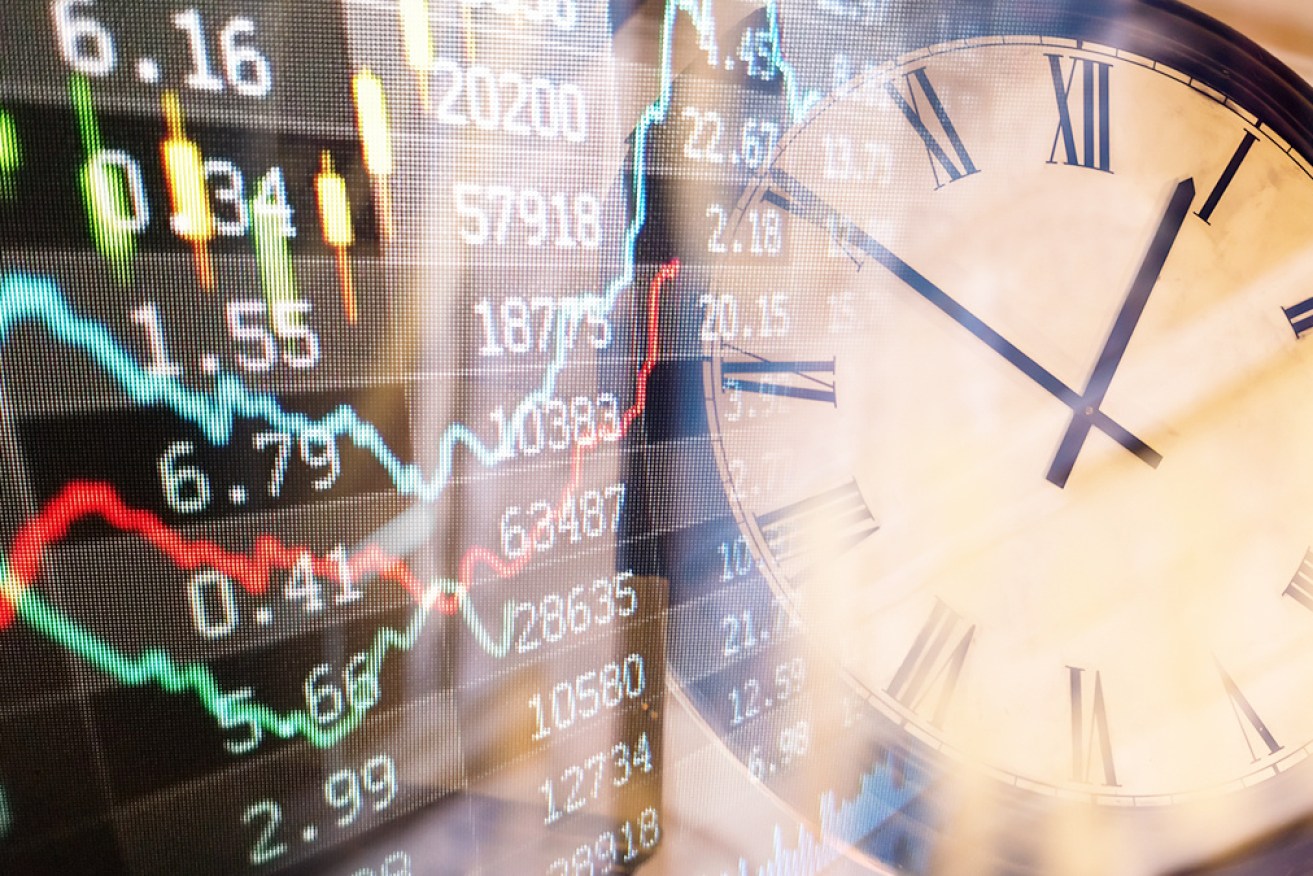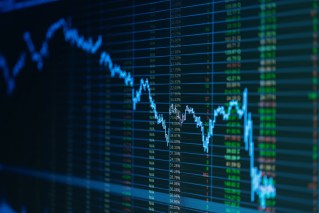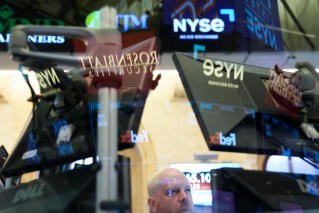The biggest stock market winners and losers in 2019


You can't bank on the banks but health stocks are looking healthy. Photo: The New Daily
Australian investors had a great run in 2019 with the benchmark ASX 200 stock index climbing around 20 per cent over the past 12 months.
Those gains started in early January, after four months of falls in 2018 forced the index down to its lowest point since January 31, 2017.
Despite that rocky start, 2019 proved to be the Australian stock market’s “best performance since 2009” when the ASX200 climbed 31 per cent, according to CommSec senior economist Ryan Felsman.
“It’s been a very good year for investors,” he told The New Daily.
“If you look at where we are now, the market sold off a bit [on Monday] but we were not far off record highs a week or so ago, and we’ve been generally grinding higher.”
Much of these gains reflect the weaker performance in other kinds of investments, Mr Felsman said, with investors taking on riskier investments such as equities to compensate.
“Term deposits have fallen back to about 1.2 per cent to 1.3 per cent depending on how much money you put in the bank, and we’ve seen government bond yields were pretty low too a couple of months back,” he said.
What it all means is that in this environment, equities are attractive
Most super fund members will also have seen the benefits of those gains, Mr Felsman said,
“There was a lot of focus at the beginning of the year on falling property prices, but what we’re seeing in the second half of 2019 is a double wealth effect taking place,” he said.
“Property prices since the election are up by about 10 per cent in Sydney and Melbourne and the share market is up by 20 per cent this year, and if you were invested in a bond portfolio that’s also up by something like 9 or 10 per cent too, so it’s been a very good year to be invested in a balanced fund.”
Research from Chant West found the median growth super fund – which invests more in riskier ‘growth’ stocks than balanced funds – is expected to deliver a 14.5 per cent return for the year.
Winners and losers
Not all industries performed equally well, however, with banks and other financial institutions proving to be a major drag on the market’s progress as a whole.
“The only sector … not to have double digit growth was financials,” he said.
They were only up by 8.4 per cent year-to-date.
The banks’ poor performance was the result of a royal commission “hangover”, Mr Felsman said, with mounting remediation costs and regulators getting tough on misconduct hurting the sector’s prospects.
Utilities, which gained only 12 per cent over the year, was the second worst performing sector.
That weakness was attributed to the uncertainty surrounding Australia’s energy policy direction.
Meanwhile healthcare companies enjoyed a stellar year, with Australia’s ageing population paired with government funding promises helping the sector to grow 44.2 per cent since January – making it the market’s top performer.
In second place with an annual improvement of 35.5 per cent were information and technology companies.
“Some of the market darlings there, the likes of Afterpay and Appen, performed exceptionally well,” Mr Felsman said.
These types of companies – young and ambitious with dreams of upending the way established industries do business – have benefitted from investors’ willingness to take on more risk.









